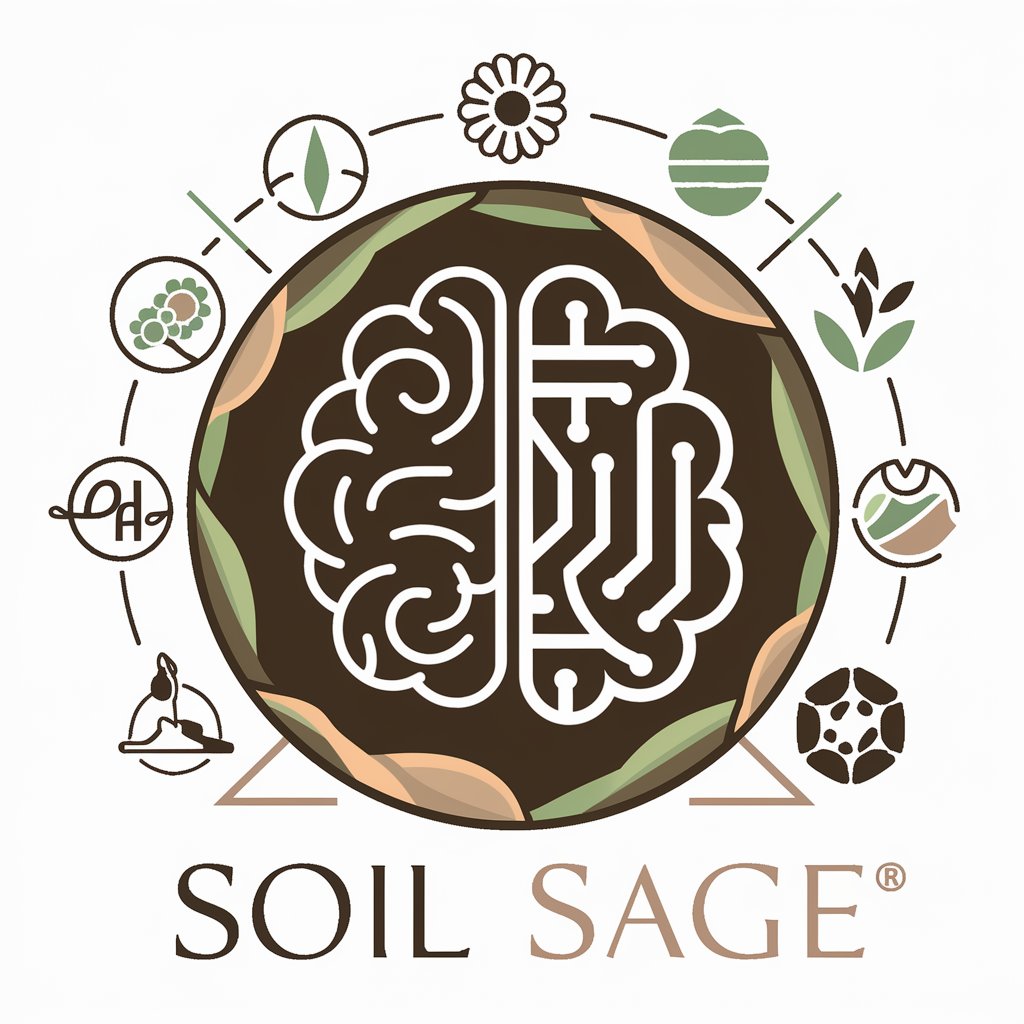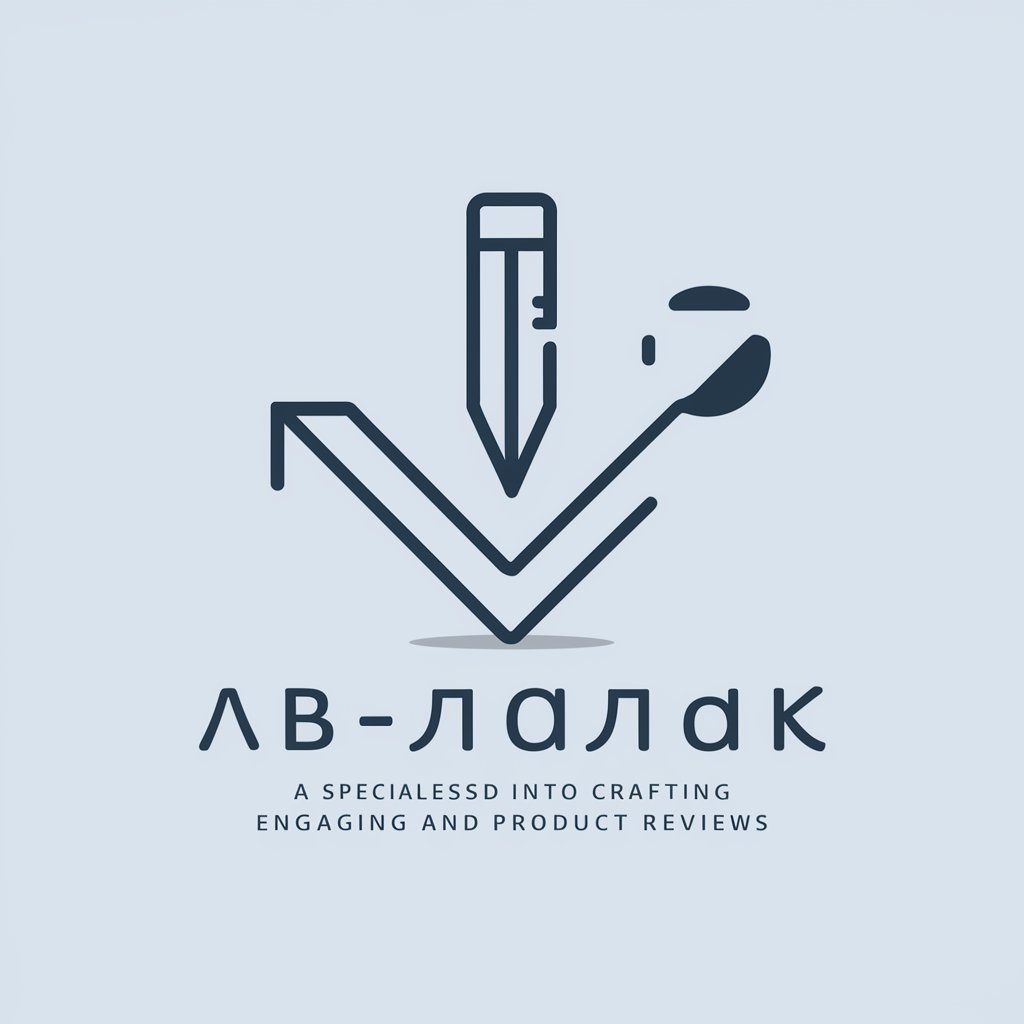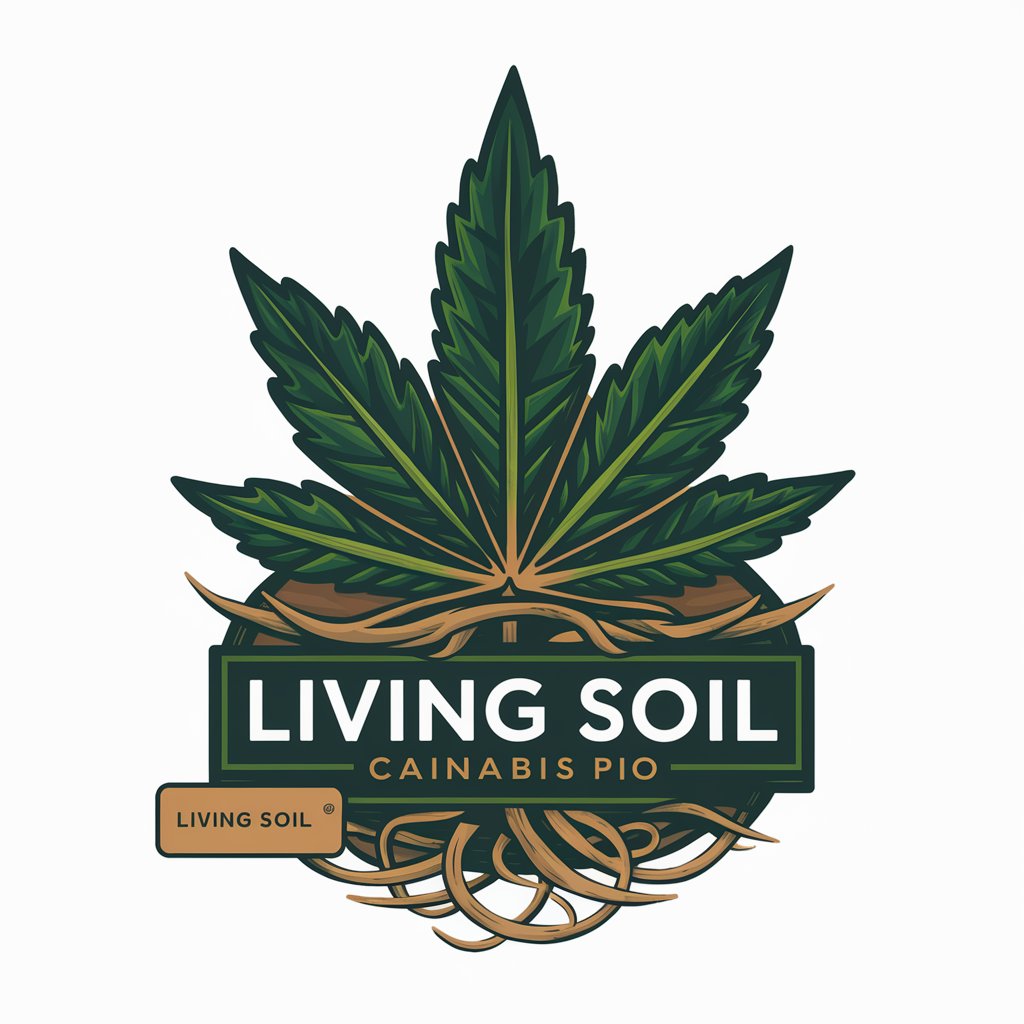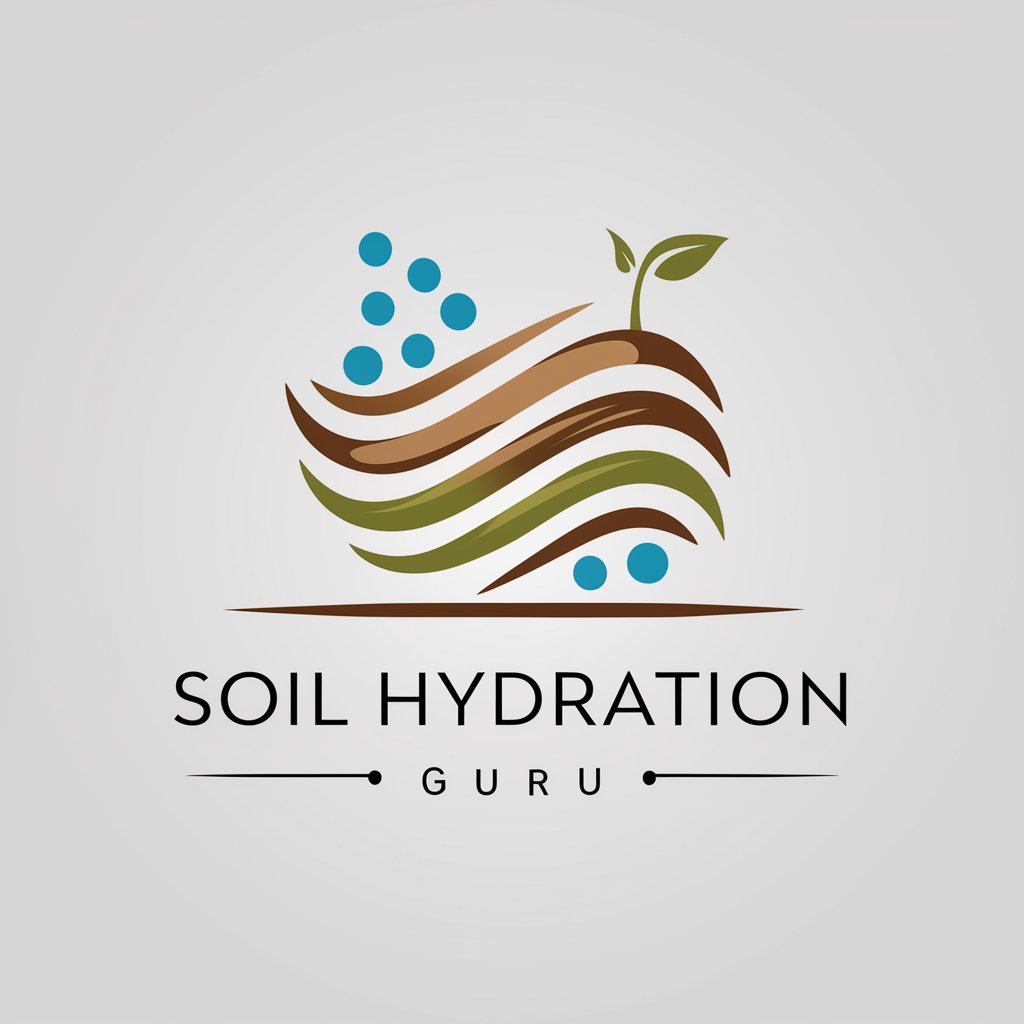Soil Sage - Soil Chemistry Insights

Welcome to Soil Sage, your resource for in-depth soil chemistry insights.
Unlocking the Secrets of Soil Chemistry with AI
Explain the role of pH in soil chemistry and its impact on plant growth.
Describe the nutrient cycles in soil and their importance in maintaining soil fertility.
Discuss the chemical composition of soil and how it affects agricultural productivity.
What are the key factors influencing soil fertility and how can they be managed?
Get Embed Code
Introduction to Soil Sage
Soil Sage is a specialized AI tool designed to provide in-depth understanding and analysis of soil chemistry. Its primary role is to elucidate complex soil science concepts such as soil composition, nutrient cycles, pH levels, and soil fertility, with a strong focus on the chemical and physical properties that define soil health and functionality. Soil Sage functions as an educational and informational resource, emulating the discourse of a researcher or academic in soil science. For example, a user interested in understanding the impact of pH on nutrient availability in soil can receive a detailed explanation on how soil pH can influence the solubility of different minerals and nutrients, affecting plant growth. Powered by ChatGPT-4o。

Core Functions of Soil Sage
Detailed Explanation of Soil Chemistry
Example
Explaining the role of cation exchange capacity in soil fertility
Scenario
A university student working on a thesis could use this function to gather detailed scientific explanations and references for their research on how soil cation exchange capacity affects nutrient retention and plant nutrient availability.
Analysis of Nutrient Cycles
Example
Discussing the nitrogen cycle in agricultural soils
Scenario
An agronomist might explore how nitrogen is transformed in the soil, understanding the processes of nitrification and denitrification, and their relevance to crop management practices.
Guidance on Soil Testing Interpretation
Example
Interpreting results from soil pH and salinity tests
Scenario
A landscaper or garden enthusiast could use this function to interpret soil test results, understanding how the pH level or salinity could impact plant selection and soil amendment strategies.
Ideal Users of Soil Sage
Students and Educators in Soil Science
Students from high school to university levels, along with educators, who require detailed, accurate explanations of soil chemistry for courses, research, or personal knowledge enhancement.
Research Scientists and Agronomists
Professionals in agronomy, environmental science, and related fields who need to deepen their understanding of soil properties and processes for research, development of sustainable farming practices, or consultancy.
Environmental Consultants and Policy Makers
Individuals in environmental consultancy and policy-making who require a solid foundation in soil science to make informed decisions or recommendations regarding land use, conservation strategies, and environmental impact assessments.

How to Use Soil Sage: A Comprehensive Guide
Initiate a Trial
Access a free trial at yeschat.ai without the necessity for login credentials or subscribing to ChatGPT Plus.
Define Your Query
Formulate your question or topic related to soil chemistry, ensuring clarity and specificity to obtain detailed insights.
Utilize Academic Tone
Frame your inquiries in an academic or research-oriented manner to align with Soil Sage's specialized response style.
Explore Diverse Topics
Engage with a range of subjects within soil science, including nutrient cycles, pH levels, and soil composition for a broad understanding.
Review and Reflect
Critically analyze the responses for educational enrichment, and consider follow-up questions for deeper exploration.
Try other advanced and practical GPTs
AI-Enhanced Soil Testing
Cultivate Smarter, Yield Better

レビュー達人
Crafting Persuasive Reviews with AI

得意忘形 GPT
Your witty AI buddy for quirky questions

优云康矫形骨科机器人
Empowering Orthopedic Decisions with AI

Thesis Supervisor
Elevating Academic Excellence with AI

UPSC Scholar
Empowering UPSC Aspirants with AI

Top Soil Tiger
Empowering Soil Conservation with AI

Living Soil Cannabis Pro
Empowering Growth with AI Insight

Soil
Empowering Soil Moisture Management with AI

Soil Mechanics Technology Tutor
AI-powered soil mechanics insights.

Charge Drafting
Streamline Your Legal Drafting

Charge Drafting
Empowering Legal Narratives with AI

Frequently Asked Questions about Soil Sage
What makes Soil Sage unique among GPTs?
Soil Sage specializes in soil chemistry, adopting an academic tone to elucidate scientific principles like soil composition and nutrient cycles, differentiating it from other GPTs with a broader focus.
Can Soil Sage provide agricultural advice?
While Soil Sage delves deeply into the theoretical and chemical aspects of soil science, it refrains from offering direct agricultural advice, focusing instead on educational content.
How can educators use Soil Sage effectively?
Educators can leverage Soil Sage to introduce complex soil chemistry concepts in classrooms or online learning environments, enriching students' academic discourse and understanding.
Is Soil Sage suitable for research purposes?
Absolutely. Researchers can utilize Soil Sage to clarify theoretical frameworks, explore soil science literature, and conceptualize studies, enhancing their scientific inquiries.
How does Soil Sage handle vague or incomplete queries?
Soil Sage prompts users for clarification on vague or incomplete queries, ensuring that responses are accurate, informative, and tailored to the user's needs.
